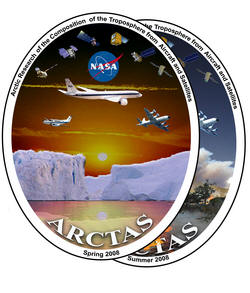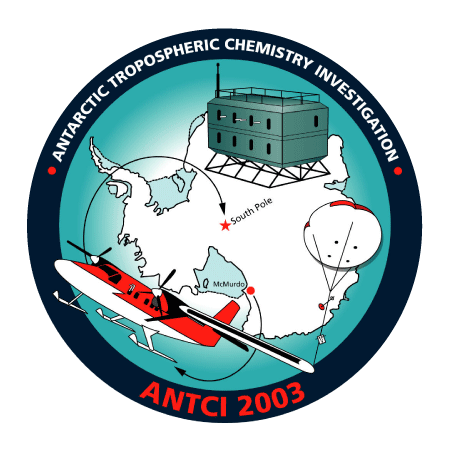Regional Air Quality forecAST (RAQAST) over the U.S
A regional chemistry and transport modeling system (Choi et al. [2005, 2008a,b]; Zeng et al. [2003, 2006], Wang et al. [2005], Zhao et al., [2009]) is used to provide 48-hour forecast of the concentrations of ozone and its precursors over the United States. Meteorological forecast is conducted using the NCAR/Penn State MM5 model. The regional chemistry and transport model simulates the sources, transport, chemistry, and deposition of 24 chemical tracers. The lateral and upper boundary conditions of trace gas concentrations are specified using the monthly mean output from the global GEOS-CHEM model. The initial and boundary conditions for meteorological fields are taken from the NOAA AVN forecast.
The forecast has been operational since August, 2003. If you find the forecasts useful, please let us know. Send your comments or suggestions to ywang@eas.gatech.edu.
DISCLAIMER: The forecasts are currently conducted only for the academic interests of our research group. You are free to distribute these results as long as they are unmodified. Any risks are solely assumed by the users.
Previous forecasts for intensive field experiments
3/2008-4/2008
ARCTAS (Arctic Research of the Composition of the Troposphere from Aircraft and Satellites) forecast
Three products are provided.
More information on the model used can be found in the papers by Zeng et al. [2003, 2006].
10/2005-12/2005
ANTCI 2005 forecast of meteorology, chemicals, and backtrajectories using polar MM5 and RAQAST. ECMWF output is used in polar MM5. The forecast supports the ANTCI mission and will end in January 06.
10/2003-12/2003
ANTCI 2003 forecast We conducted two versions of forecast to support the ANTCI mission over Antarctica. The regular and low NOx forecasts used different surface and lightning NOx emissions. The initial and boundary conditions were from the ECMWF forecasts. Both ended in January, 2004. |


